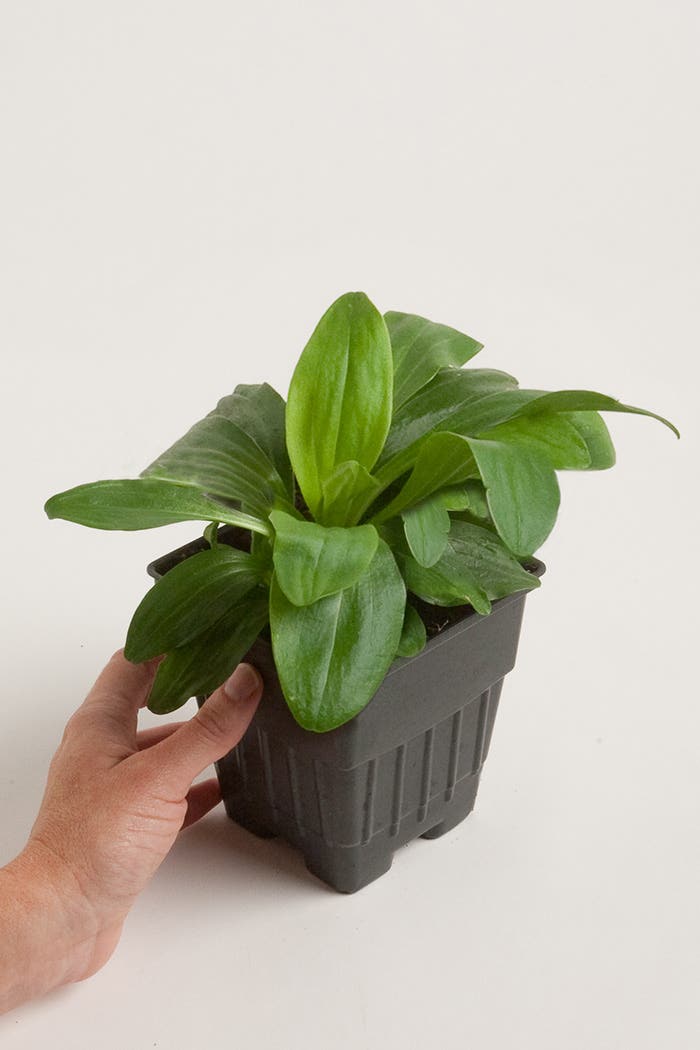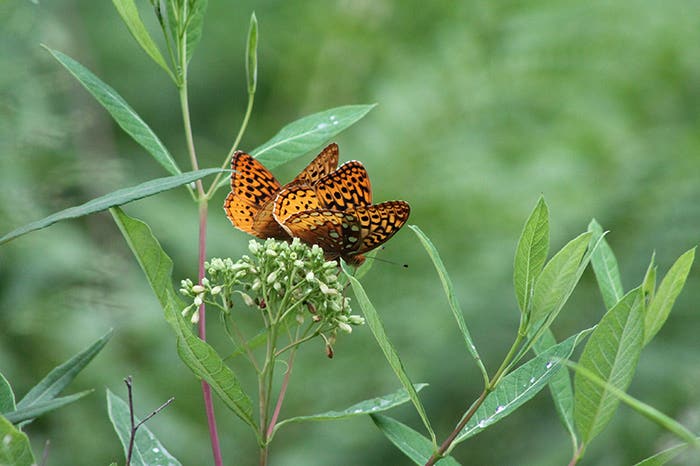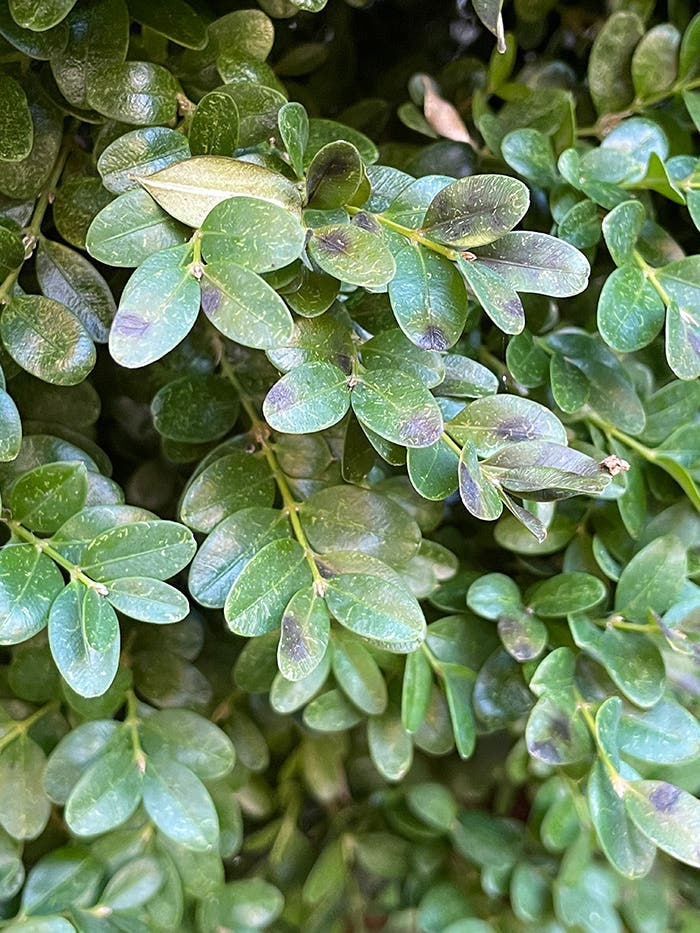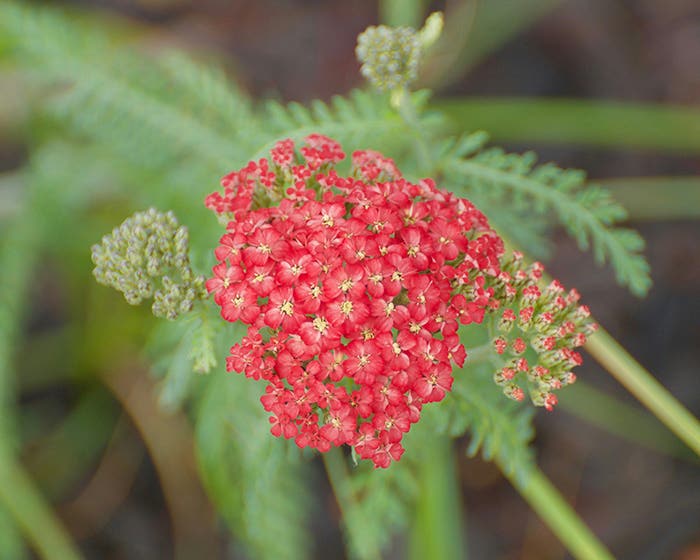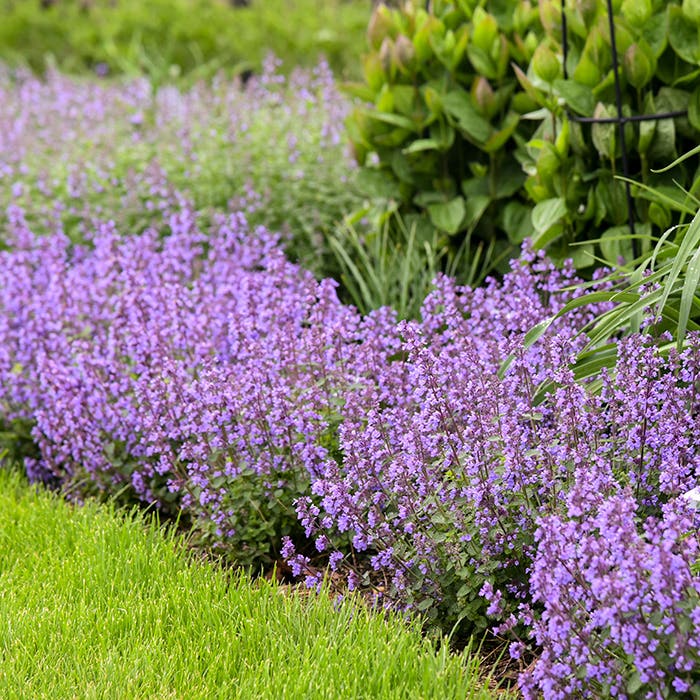Watering Cans: How to Use and Care for Them
5 smart tips about watering cans!
Watering cans come in handy for jobs like drenching containers, refilling birdbaths and wetting down seeds and seedlings. Here are five tips for choosing and using a watering can.
1. Two cans are easier to carry than one. Yes, you’ll be holding twice the weight, but holding one can in each hand will let you walk more upright, with the weight balanced across your body. You'll also make fewer trips across the garden. One gallon of water weighs eight pounds.
2. Replace crack-prone plastic watering cans with sturdy metal ones. A metal watering can looks charming and lasts longer than plastic types, which weaken when subjected to summer sun and winter cold. Metal is also a more eco-friendly choice.
3. If you leave your watering cans outside between uses, as many of us do, lay them on their sides or set them upside. This way they won't collect rain, which could attract mosquitos or cause rust to develop.
4. Another way to avoid rust in metal watering cans: Rinse them thoroughly after the use of liquid fertilizers. Both organic and non-organic fertilizers can contribute to rust because they are acidic and/or salty.
5. If your watering can has a rose (a salt-shaker-like attachment on the spout), use it only when watering seeds and seedlings. Remove the rose when watering containers and mature garden plants. (It's a good idea to check that a rose is removable before purchasing the watering can.)
—Adapted from "Watering Can Wisdom" by Frank Hyman, Horticulture September/October 2018


